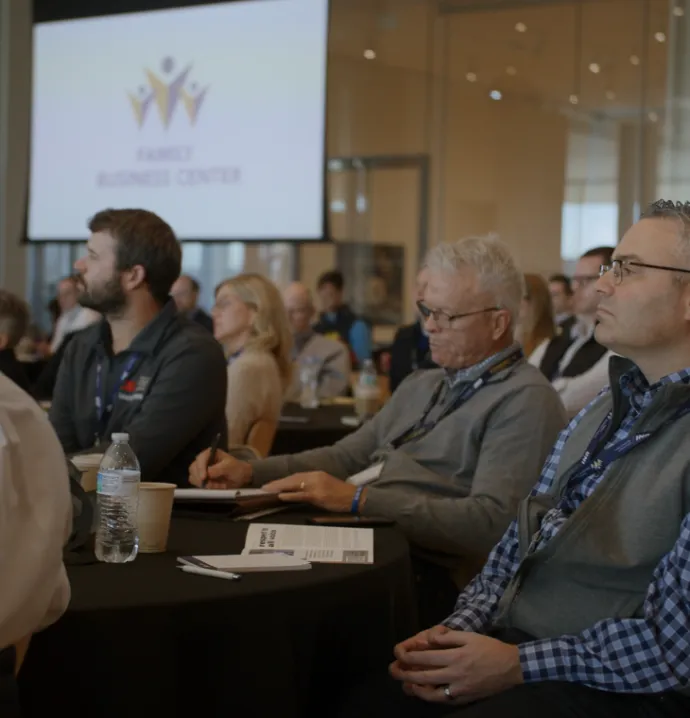It's not easy being green
It's not easy being green
Companies seeking to project themselves as eco-friendly may find themselves having their very raison d’etre questioned. Zara, a well-known retailer renowned for its rapid responses to changes in fashion, recently announced its plans to reduce its negative impact on the environment.
Manufacturers of inexpensive, ready-to-wear clothing have allowed Americans to fill closets full of clothes. Such stores as Forever 21 and H&M sell very inexpensive, almost throw-away, clothes that afford younger people the opportunity to wear a variety of outfits.
Kermit the Frog famously sang ‘It’s not easy being green.’ His wisdom is sorely needed these days.
For some environmental experts, Zara’s business model is a problem. The reality is that producing the raw materials for clothes damages the environment in many different ways. Because these clothes are intended to be discarded quickly, the sheer volume produced, even under the best ecological practices, creates substantial environmental damage. The company’s policy of launching thousands of new designs yearly may be inherently undesirable from an environmental perspective.
Besides the retailer, however, what about consumers? Each of us has a responsibility to consider the environmental impact associated with our wardrobe. Should we opt for a relatively small number of high-quality items instead of disposable, trendy clothes? Even this decision is fraught with environmental ramifications. How we care for our clothes matters, as detergents, hot water, and, ultimately, disposal affect the environment. Knowing the environmental effects of our daily decisions is daunting.
There is one almost surefire way to reduce our adverse environmental impact: use less. We should carefully consider whether we need an additional commodity. Yes, if we all reduce our purchases of goods, there will probably be a negative economic effect. Zara is to be commended for at least taking steps to reduce its ecological impact.
The views and opinions expressed are those of the author and do not imply endorsement by the University of Northern Iowa.




